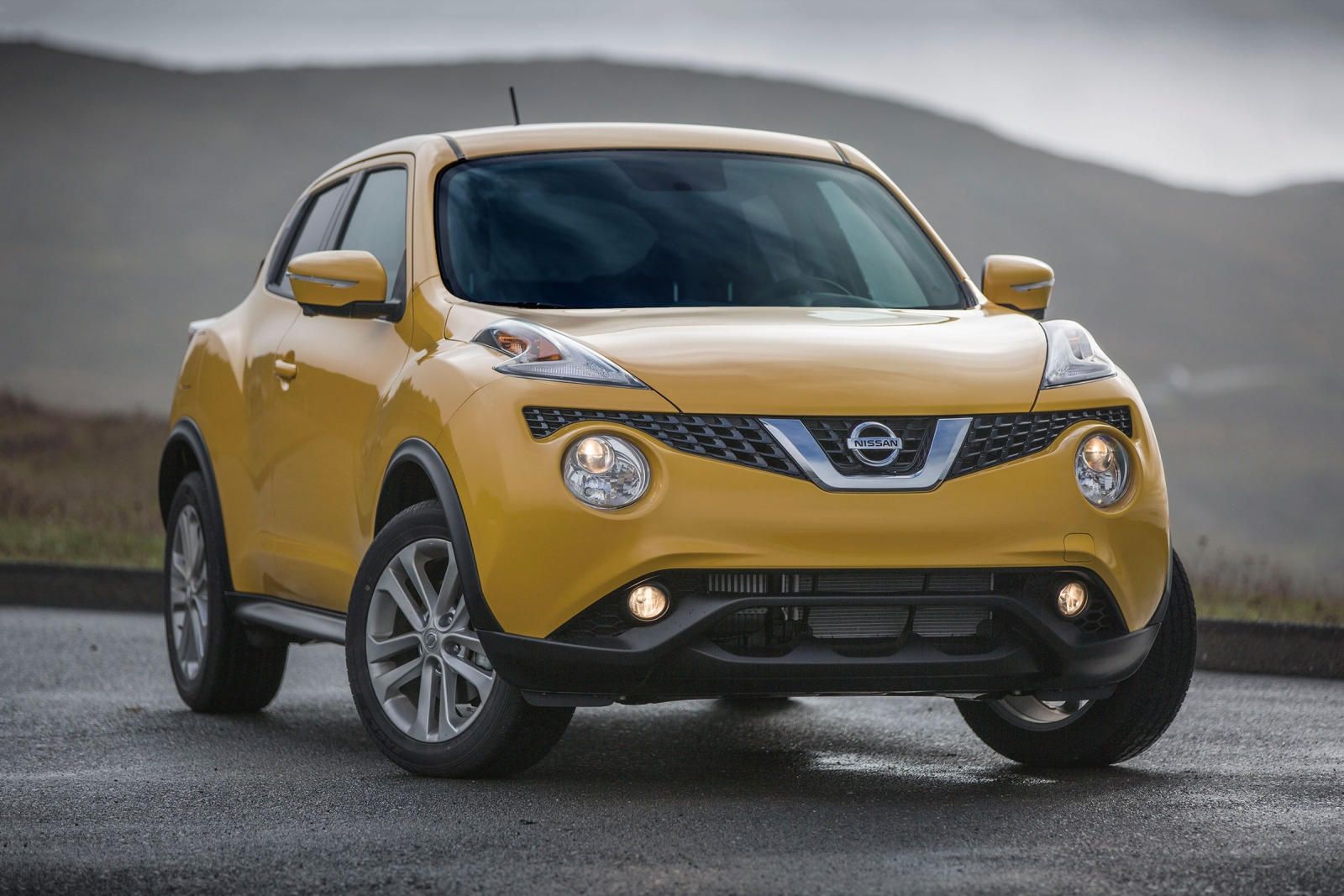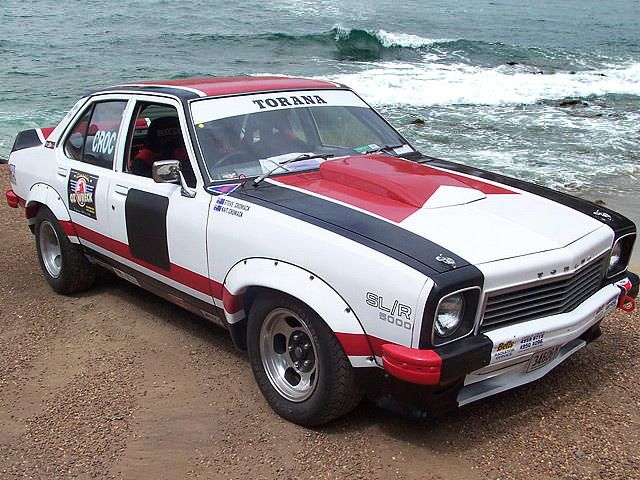
Though it came from humble beginnings, the Holden Torana would eventually come to be Holden's best-selling sports model ever, even if other models enjoy a higher profile. The Torana benefitted greatly from Holden's motorsports efforts, and the lightweight platform was just the sort of thing to combine with big horsepower numbers. With its dual role as a performance model and an economy car, the Torana had a version for all sorts of different people, and was always popular.
The Torana was derived from the Vauxhall Viva, itself an adaptation of the Opel Kadett, a car which you might remember Richard Hammond's fondness for. The Kadett was developed, basically, in order to take sales away from the Volkswagen Beetle. It offered a number of advantages over the king of economy cars, and it sold quite well in all of the markets where it was sold, but it still came in second to the VW. The car had grown a bit by the time it reached Australia in 1967, but this was just good business sense. The Australians, like the Americans, tend to prefer somewhat bigger cars than the little ones which cramped European cities.
The first Torana was a mildly face-lifted version of the Viva, complete with its 56-horsepower 1.2-liter four-cylinder engine. This was obviously not much of a sports car, but 1969 saw the introduction of a longer wheelbase version with a six-cylinder engine. This was an improvement for those who love the right pedal, but by 1970, Holden had become acutely aware of the fact that they would need to do better in order to compete with Ford's V8-powered Flacon GTHO. This was especially true on the track, where Holden would have to go up against the Ford at Bathurst.
So 1970 saw the introduction of the Torana GTR XU-1, a performance model which was also homologated for Series Production racing and rallying. It had a 3-liter six-cylinder engine, equipped with triple Zenith Stromberg CD-150 carburetors and producing 160 horsepower. It's true that this is noticeably less than the big Fords, but the smaller Holden was also much lighter, and the two cars had comparable power to weight ratios. It therefore served as the replacement to the V8 Monaro as Holden's Bathurst racer. Just the same, the first two races where the GTR XU-1 competed at Bathurst, it was beaten by the Ford.
The Torana received a facelift in 1972, and with it came a new engine for the GTR XU-1, with enlarged carburetors and a rating of 200 horsepower. This car was driven to a win at Bathurst by Peter Brock, beating the mighty GTHO Phase III and cementing the relationship between Brock and the Torana. Holden knew they were on a roll and had a V8 Torana in the works when the supercar scare on 1972 hit. In fact, the V8 Torana specifically drew a good deal of fire during the scandal. This prompted Holden Dealer Team manager Harry Firth to issue a statement that the planned car would be "the best handling, safest car on the road".
But for politicians and other people who don't understand cars, speed is always unsafe, so Holden bowed to pressure and this particular prototype never made it to the market. Holden fans wouldn't have to wait too long for a V8 Torana though. When the third generation of the car debuted in 1974, the new, bigger Torana was offered with a choice of two V8 engines, a 4.2- and a 5.0-liter. The performance model was renamed SL/R 5000, and in all, the Torana was able to claim a total of five Bathurst victories out of the ten years it ran.
From 1976 to 1978, the Torana became a more dedicated performance model, and the four-cylinder equipped cars had their model name changed to Sunbird. The end of the Seventies would bring an end to both the Torana and the Sunbird, with the Commodore taking on V8 duty for Holden. A couple of really unique concepts based on the Torana were built during its lifetime, and it's safe to say that the little car inspired the most creativity from Holden's design team. The first of these was the GTR-X of 1970. This was a wedge-shaped sports car based on the GTR XU-1.
It was a radical departure from the rest of the lineup, but it had the kind of look which had successfully captured the imaginations of consumers at the time. It really did look quite good, but Holden never was able to justify the expense of putting it into production. The other concept was actually built by Recaro, who planned to produce it themselves, should GM give them some help. This was called the Mystere, and this too had a very fashionably Seventies body to it. Unfortunately, Recaro never worked out the kinks in actually producing the car, and there remains only one ever made.
The Torana was an interesting chapter in the history of Holden, and it did a lot to help their reputation with enthusiasts. Rumor has it that Holden is looking to revive the nameplate, and since it's even possible that we'll see some form of it in the US, we're very interested in how this will play out.

